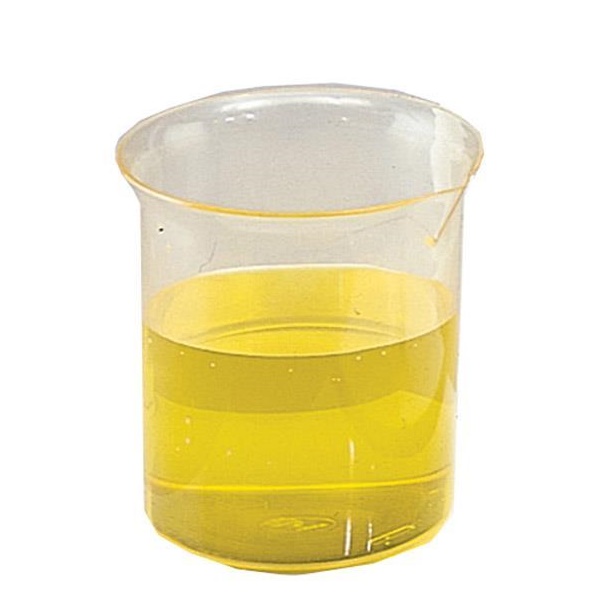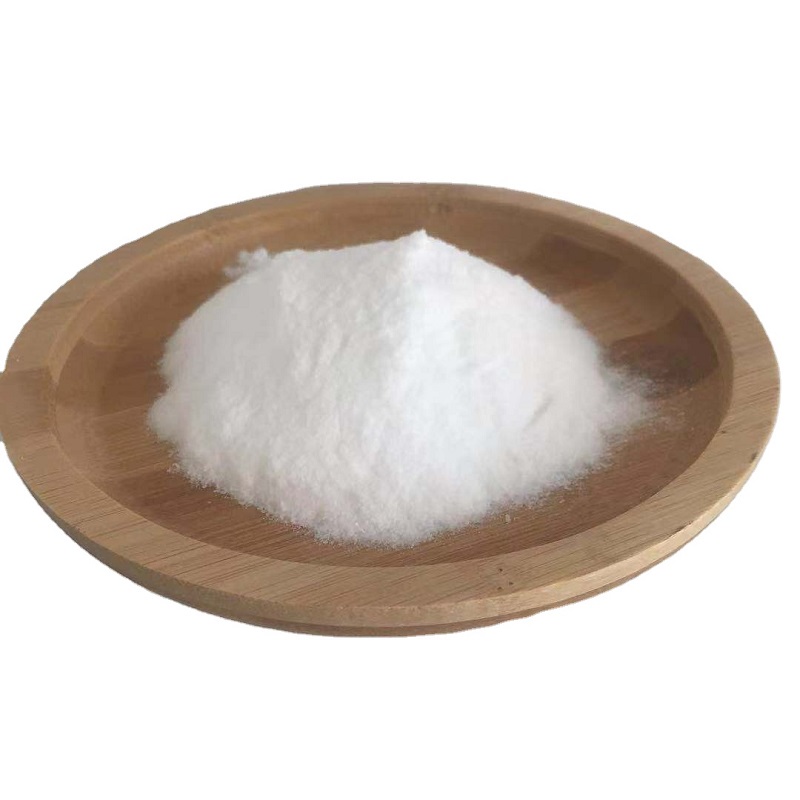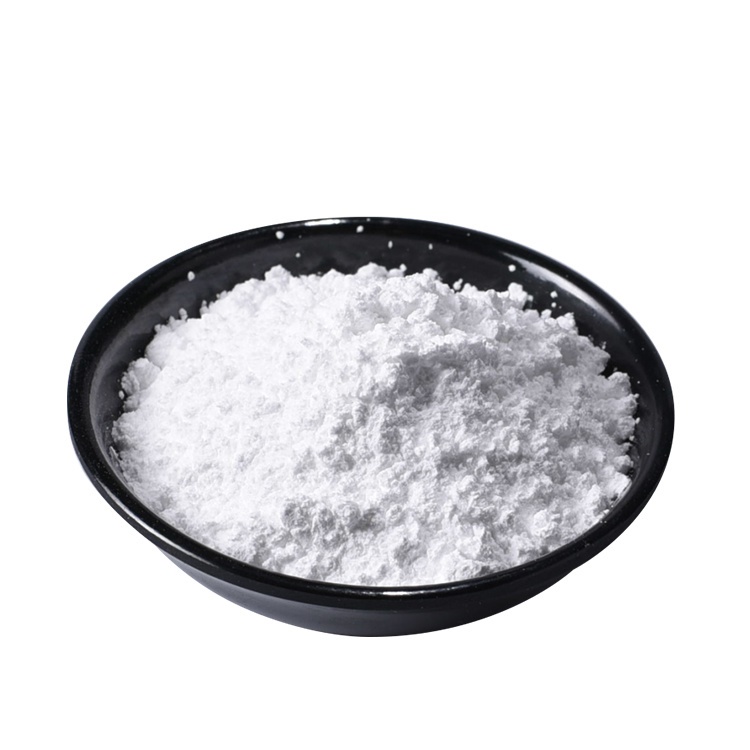

2-Methoxy-5-nitrophenol sodium salt CAS 67233-85-6
——————
CAS number : 67233-85-6
molecular formula : C7H6NNaO4
EINECS : 614-038-6
——————
Email : info@deshangchem.com
Mobile : +86-13153039501
TEL : +86-531-88752665
CAS number:67233-85-6
molecular formula:C7H6NNaO4
molecular weight:191.12
EINECS number:614-038-6
English synonyms
2-methoxy-5-nitro;AtonikG;2-methoxy-5-nitrophenolate;2-Methoxy-5-nitrophenol sodium salt Solution, 100ppm;2-Methoxy-5-nitrophenol sodium salt Solution, 1000ppm;nitroguaiacolsodiumsalt;Sodium2-methoxy-5-nitrophenoxide;ATONIK
Related categories
Feed additives; organic metal salts; pharmaceutical raw materials; pesticides; agricultural and veterinary raw materials; reference substances; biochemical reagents; nitro and nitroso compounds; agricultural raw materials; raw materials; agrochemical raw powder - growth regulators; additives; growth regulation Agents; Agrochemicals; Organic Raw Materials; Organic Chemical Raw Materials; Large Spot Stocks; Fine Chemical Raw Materials; Bulk Goods; Pesticide Intermediates
Introduction
Sodium 5-nitroguaiacol is soluble in methanol, ethanol, acetone and other organic solvents, and is stable in storage under normal conditions. Sodium 5-nitroguaiacol is compounded with sodium o-nitrophenolate and sodium p-nitrophenolate to obtain sodium compound nitrophenolate, also known as Fengchansu, and extra income, etc. The commercial products are 0.9%, 1.4%, 1.8%, Or 1.6% water agent, which has been widely used in agriculture. Sodium nitrophenolate is a high-efficiency plant growth regulator first discovered in Japan in the 1960s. The Japanese product name is Aiduoshou. The product dosage form is 1.8% sodium nitrophenolate aqueous solution, which can be diluted 2000-6000 times for use. The actual commonly used concentration is 3-10ppm, which is equivalent to 0.2-0.4 grams per mu, that is, it has obvious effect of increasing production, so sodium nitrophenolate is called a magical substance.
Chemical properties
| Melting point | 105-106°C |
| Storage conditions | Hygroscopic, Refrigerator, under inert atmosphere |
| Solubility | DMSO (Sparingly, Heated), Methanol (Slightly) |
| Shape | Solid |
| Color | Red to Dark Red |
| Water solubility | soluble |
| Stability | Hygroscopic |
| CAS database | 67233-85-6(CAS DataBase Reference) |
Use
● 5-Nitroguaiacol sodium is the most active monomer in compound sodium nitrophenolate. It and its compound compound compound nitrophenolate sodium (combined with o-nitrophenol, para-nitrophenol, etc.) have been approved by the Food and Agriculture Organization of the United Nations (FAO ) is designated and recommended as a plant growth regulator for green food engineering. It is widely used in food crops, economic crops, oil crops, vegetables, fruits, fruit trees, cotton, flowers, forests, vegetation, etc. It has a very obvious synergistic effect in the compounding of fertilizers, insecticides, fungicides, and seed coatings; it can significantly increase the output and quality of meat, eggs, fur, and skins when applied in animal husbandry and fishery, and at the same time It can enhance the immunity of animals and prevent various diseases. At present, this product and its compound preparations have been widely and widely used in my country and other countries and regions.
Production method
● Guaiacol is prepared by direct nitration of mixed acid or concentrated nitric acid. Because guaiacol contains -OH and -OCH3, both of which are strong ortho- and para-positioning groups, the products obtained are 4-nitroguaiacol, 5-nitroguaiacol, 6 - A mixture of nitroguaiacols. Although this process is simple and easy to control, it is rarely used because of many by-products and difficult separation.
● 2,3-Dimethoxy-5-nitrophenol is prepared by reacting with saturated hydrobromic acid solution under mild reaction conditions.
● 2-Methoxy-(1,4) oxiquinone and potassium ferricyanide are prepared by reacting under alkaline conditions. The reaction steps are simple and the by-products are few.
● p-Nitroanisole is prepared by electrolysis with acidified CH3CN-H2O mixture as solvent in an electrolytic cell equipped with stainless steel electrodes. The maximum yield of this process is only 31.4%, the by-products p-nitrophenol and p-methoxyphenol account for about 2%, and 49.1% are unreacted raw materials, the production cost is high, and it is not easy to control.

2-Methoxy-5-nitrophenol sodium salt CAS 67233-85-6
CAS number:67233-85-6
molecular formula:C7H6NNaO4
molecular weight:191.12
EINECS number:614-038-6
English synonyms
2-methoxy-5-nitro;AtonikG;2-methoxy-5-nitrophenolate;2-Methoxy-5-nitrophenol sodium salt Solution, 100ppm;2-Methoxy-5-nitrophenol sodium salt Solution, 1000ppm;nitroguaiacolsodiumsalt;Sodium2-methoxy-5-nitrophenoxide;ATONIK
Related categories
Feed additives; organic metal salts; pharmaceutical raw materials; pesticides; agricultural and veterinary raw materials; reference substances; biochemical reagents; nitro and nitroso compounds; agricultural raw materials; raw materials; agrochemical raw powder - growth regulators; additives; growth regulation Agents; Agrochemicals; Organic Raw Materials; Organic Chemical Raw Materials; Large Spot Stocks; Fine Chemical Raw Materials; Bulk Goods; Pesticide Intermediates
Introduction
Sodium 5-nitroguaiacol is soluble in methanol, ethanol, acetone and other organic solvents, and is stable in storage under normal conditions. Sodium 5-nitroguaiacol is compounded with sodium o-nitrophenolate and sodium p-nitrophenolate to obtain sodium compound nitrophenolate, also known as Fengchansu, and extra income, etc. The commercial products are 0.9%, 1.4%, 1.8%, Or 1.6% water agent, which has been widely used in agriculture. Sodium nitrophenolate is a high-efficiency plant growth regulator first discovered in Japan in the 1960s. The Japanese product name is Aiduoshou. The product dosage form is 1.8% sodium nitrophenolate aqueous solution, which can be diluted 2000-6000 times for use. The actual commonly used concentration is 3-10ppm, which is equivalent to 0.2-0.4 grams per mu, that is, it has obvious effect of increasing production, so sodium nitrophenolate is called a magical substance.
Chemical properties
| Melting point | 105-106°C |
| Storage conditions | Hygroscopic, Refrigerator, under inert atmosphere |
| Solubility | DMSO (Sparingly, Heated), Methanol (Slightly) |
| Shape | Solid |
| Color | Red to Dark Red |
| Water solubility | soluble |
| Stability | Hygroscopic |
| CAS database | 67233-85-6(CAS DataBase Reference) |
Use
● 5-Nitroguaiacol sodium is the most active monomer in compound sodium nitrophenolate. It and its compound compound compound nitrophenolate sodium (combined with o-nitrophenol, para-nitrophenol, etc.) have been approved by the Food and Agriculture Organization of the United Nations (FAO ) is designated and recommended as a plant growth regulator for green food engineering. It is widely used in food crops, economic crops, oil crops, vegetables, fruits, fruit trees, cotton, flowers, forests, vegetation, etc. It has a very obvious synergistic effect in the compounding of fertilizers, insecticides, fungicides, and seed coatings; it can significantly increase the output and quality of meat, eggs, fur, and skins when applied in animal husbandry and fishery, and at the same time It can enhance the immunity of animals and prevent various diseases. At present, this product and its compound preparations have been widely and widely used in my country and other countries and regions.
Production method
● Guaiacol is prepared by direct nitration of mixed acid or concentrated nitric acid. Because guaiacol contains -OH and -OCH3, both of which are strong ortho- and para-positioning groups, the products obtained are 4-nitroguaiacol, 5-nitroguaiacol, 6 - A mixture of nitroguaiacols. Although this process is simple and easy to control, it is rarely used because of many by-products and difficult separation.
● 2,3-Dimethoxy-5-nitrophenol is prepared by reacting with saturated hydrobromic acid solution under mild reaction conditions.
● 2-Methoxy-(1,4) oxiquinone and potassium ferricyanide are prepared by reacting under alkaline conditions. The reaction steps are simple and the by-products are few.
● p-Nitroanisole is prepared by electrolysis with acidified CH3CN-H2O mixture as solvent in an electrolytic cell equipped with stainless steel electrodes. The maximum yield of this process is only 31.4%, the by-products p-nitrophenol and p-methoxyphenol account for about 2%, and 49.1% are unreacted raw materials, the production cost is high, and it is not easy to control.
Team Presentation







